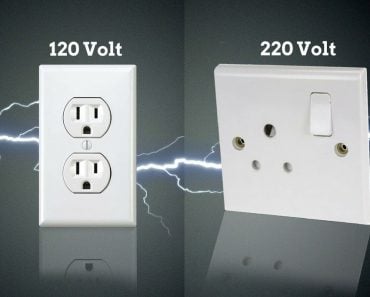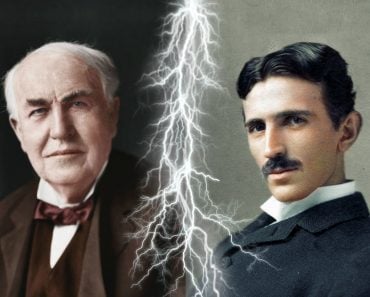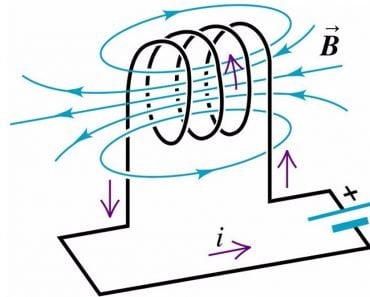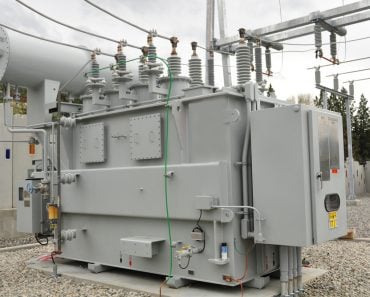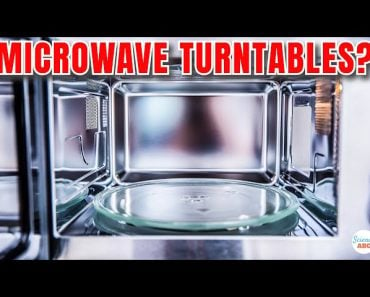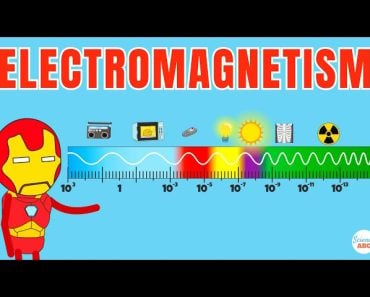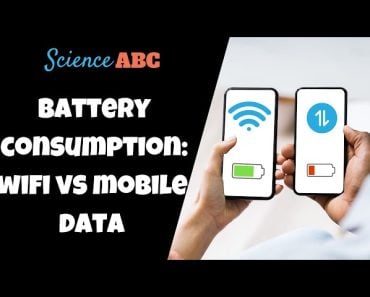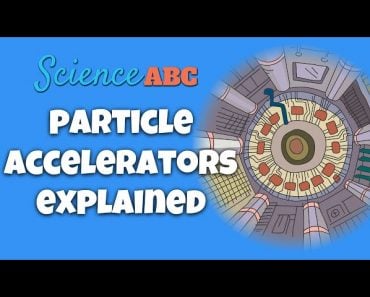Table of Contents (click to expand)
A Tesla Coil is a radio frequency oscillator that drives a double-tuned resonant transformer to produce high voltages with low currents.
The term Tesla coil inherently contains an element of genius within it. This technological wonder prides itself in being named after one of the most prolific and mysterious scientists in history—Nikola Tesla. Nikola Tesla is credited as the pioneer who championed the use of Alternating Current (A.C.) and has a log list of other inventions under his belt that have truly transformed the world. However, there was one idea that Tesla was simply obsessed with—the free delivery and transmission of wireless energy. Sounds crazy, right? Even so, that’s what Tesla set out to do with his Tesla Coil.
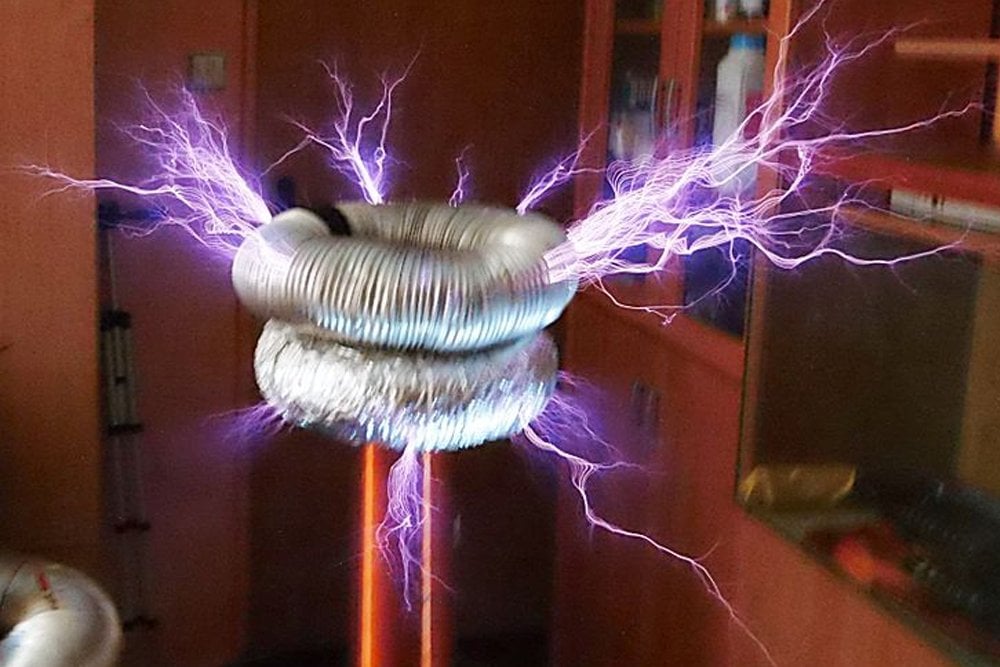
Recommended Video for you:
Operation Of The Tesla Coil
To put this in a nutshell, a Tesla Coil is a radio frequency oscillator that drives a double-tuned resonant transformer to produce high voltages with low currents. Now, to better understand what a radio frequency oscillator is, let’s take one further step back to first understand an electronic oscillator. An electronic oscillator is primarily an electronic circuit that produces an osmicating electrical signal, which is often a sine wave or a square wave. Oscillators convert direct current from a power supply to an alternating current signal. An electronic oscillator that produces signals in the radio frequency range (100kHz to 100GHz) is called a radio frequency oscillator.
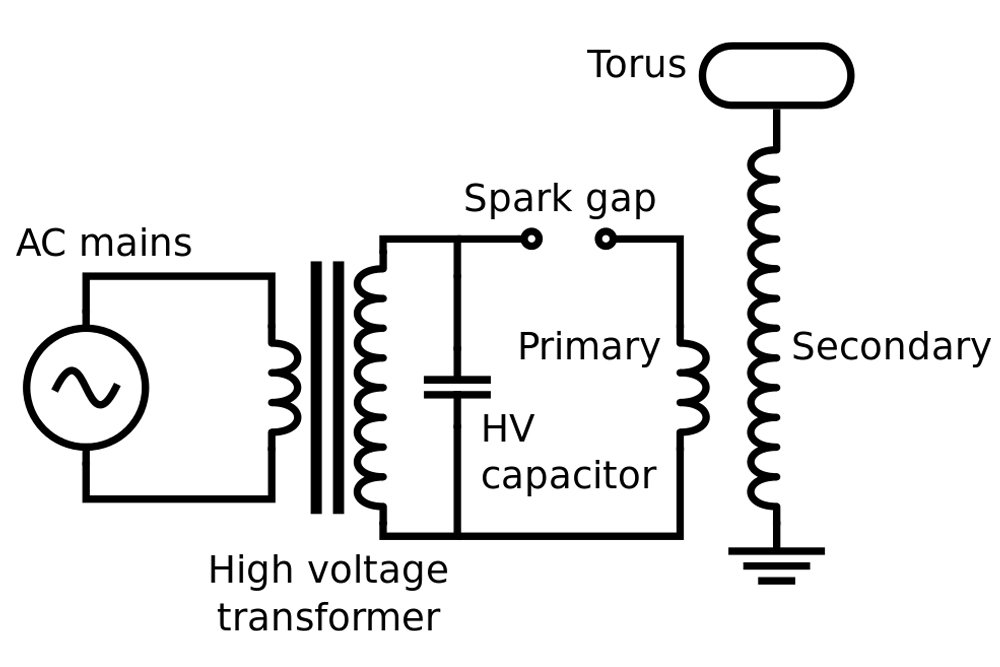
A resonant transformer works on the concept of resonant inductive coupling, where the secondary coil in the transformer is loosely coupled, so it resonates. The special aspect of the resonant transformer is that either one or both the circuits present in the transformer consists of a capacitor connected in parallel to it. This coupling of the transformer circuit and the capacitor turns it into a tuning circuit. A tuning circuit or LC circuit is used either for generating signals at a particular frequency or picking out a signal at a particular frequency from a more complex signal, which is also known as a bandpass filter.
Whether you compare the first patented model or the more modern ones, there is one commonality that you will find in all of them—the spark gap. The functionality of the spark gap is to excite the oscillated electrical signal from the resonant circuit. The unique design of the coil ensures that there are low resistive energy losses at high voltages, which the Tesla Coil produces.
Now that we understand the different components of such a coil, we can delve into the operation of the Tesla Coil in its entirety. First, the resonant transformer steps up the voltage to a very high level, to the point where high voltage begins jumping across the spark gap. The typical voltages are between 5 and 30 kilovolts. The capacitor in the circuit forms a tuned circuit with the primary winding L1 of the apparatus. The spark gap plays the role of the switch in the primary circuit. The Tesla Coil (L1, L2) together with the spark gap, generates a high output of voltage when coupled together.
Mathematical Nuances Of The Tesla Coil
There are three important mathematical nuances or foundations upon which the operation of the Tesla Coil is built. The two main features are the oscillating frequency and the output voltage. First, let’s take a look at the oscillating frequency. To produce the largest amount of voltage possible from a Tesla Coil, it must be ensured that the primary and secondary circuits of the resonance transformer are tuned to resonate with each other. The resonant frequencies of the primary and secondary circuits are defined by f1 and f2. Usually, the secondary circuit frequency (f2) cannot be adjusted. However, the primary can be adjusted with the help of a tap. The conditions for resonance are given below:
![]()
![]() Unlike conventional transformers, the output voltage of the resonance transformer is not directly proportional to the number-of-turns ratio, as in the case of an ordinary transformer. It can be calculated through the conservation of energy. When the cycle begins, and the spark starts all of the energy from the primary circuit, W1 is stored in the capacitor C1. If V1 is the voltage at which the spark gap breaks down, which is usually close to the peak output voltage of the supply transformer T, this energy is:
Unlike conventional transformers, the output voltage of the resonance transformer is not directly proportional to the number-of-turns ratio, as in the case of an ordinary transformer. It can be calculated through the conservation of energy. When the cycle begins, and the spark starts all of the energy from the primary circuit, W1 is stored in the capacitor C1. If V1 is the voltage at which the spark gap breaks down, which is usually close to the peak output voltage of the supply transformer T, this energy is:
![]()
Once the energy level crosses 85% capacity, it transfers over to the secondary circuit. At the peak energy level of the system, the voltage on the secondary side is V2, the energy stored is W2, and the capacitor on the secondary circuit is C2. Assuming that no energy losses occur, W1 and W2 will be equal. This shows that the loss of energy by transmitting it wirelessly could have theoretically been kept to a minimum.


